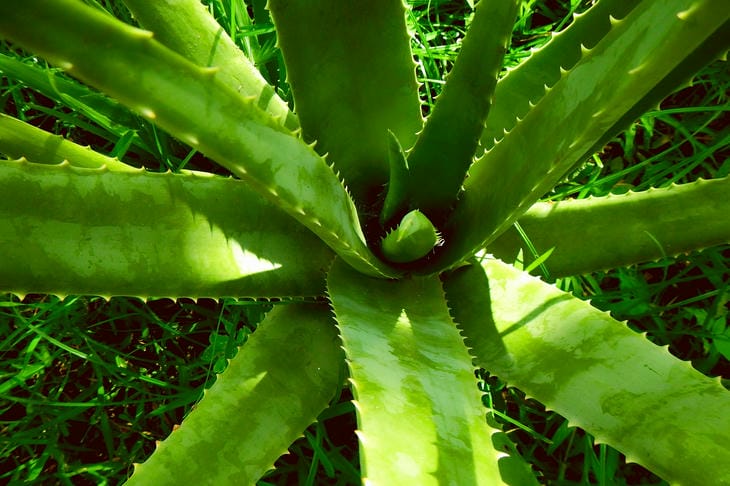Aloe propagation requires the right approach for successful rooting.
This process depends on many factors: from the choice of a suitable cutting to growing conditions.
Aloe has long gained popularity among gardeners due to its unpretentiousness and beneficial properties.

Propagation of this plant by cuttings allows you to quickly obtain new specimens. However, in order for aloe to take root, it is important to follow a number of rules related to preparation, selection of a suitable environment and further care.
Preparing the cuttings
For successful rooting, you need to choose a healthy shoot. Usually, an apical shoot or a lateral shoot with well-developed leaves is used.
Using a sharp knife or pruning shears, carefully separate the cutting from the main plant, being careful not to damage the tissue.
Cut shoots should be dried for 1-2 days. This prevents the development of rot in the cut areas. Drying occurs in the shade at room temperature, where the plant can calmly heal the wounds.
Rooting in water
Many gardeners prefer to root aloe in water. This requires a transparent container with a small amount of clean water. The cutting should be slightly immersed in the liquid to avoid excessive wetting.
It is important to change the water regularly to prevent bacteria from appearing. After a few days, white roots will start to appear on the cutting. When they reach 1–2 centimeters in length, the aloe is ready to be transplanted into the soil.
Rooting in soil
Soil is a natural environment for aloe, so rooting in the ground is also popular. Light and loose soil with the addition of sand is suitable for a young plant. A drainage layer of expanded clay or fine gravel is placed on the bottom of the pot.
Before planting, the cutting is treated with charcoal or a special fungicide to prevent infection. The planted shoot is lightly watered and then left in a warm place with diffused light.
Conditions for rooting
The optimum temperature for rooting is 20–25 degrees. Direct sunlight can burn the young plant, so it is placed on an eastern or western windowsill. It is important to avoid over-moistening the soil.
To stimulate root formation, use a phytohormone or aloe juice diluted with water. These natural remedies speed up the rooting process and strengthen the plant's immunity.
Care after rooting
After the first roots appear, the plant requires special care. Watering should be done moderately, allowing the soil to dry out between waterings. Aloe prefers a dry climate, so excess moisture can lead to root rot.
Transplantation into a permanent pot is carried out when the plant is completely rooted. For this, a container slightly larger than the root system is selected to avoid moisture stagnation.
Aloe does not require additional feeding in the first two months after transplantation. The plant has enough nutrients from fresh soil. Subsequently, fertilizers are applied only during the period of active growth in spring and summer.
Signs of successful rooting
A clear sign of rooting is the appearance of new leaves. This indicates that the plant has taken root and has begun to develop. A rooted cutting responds well to light and shows steady growth.
Regular inspection helps to identify potential problems in time. If the leaves start to turn yellow or wrinkle, this may indicate a lack of moisture or low temperatures.








